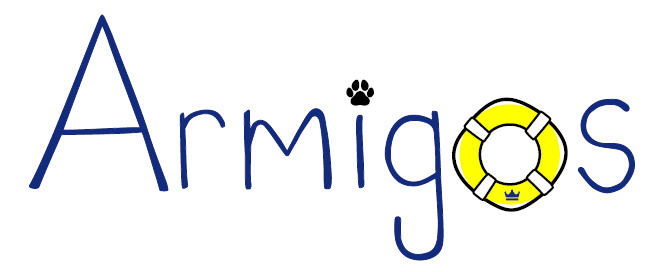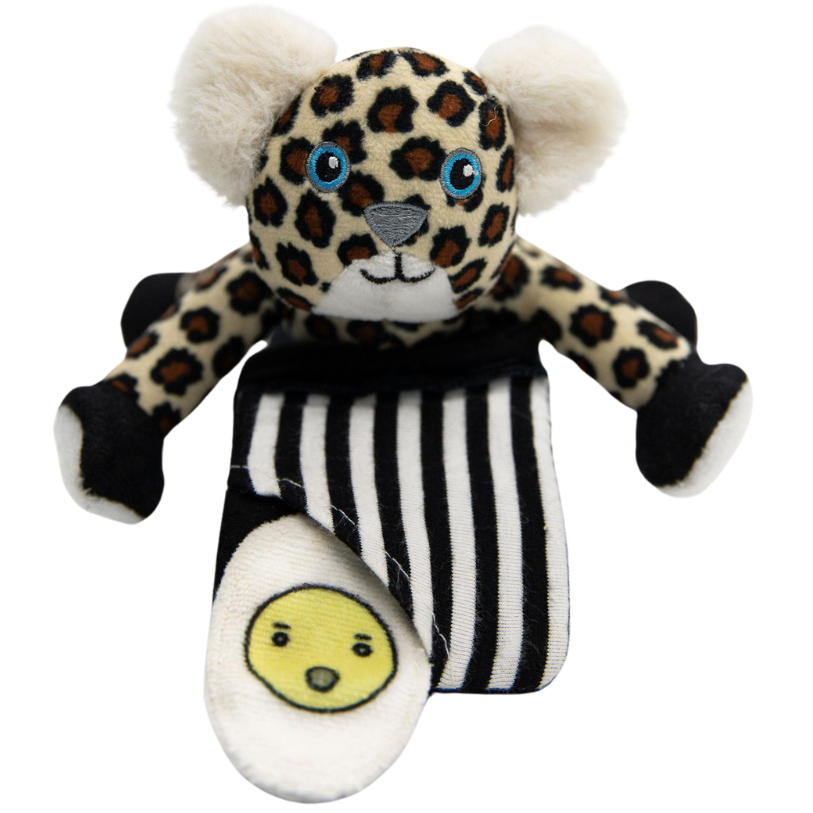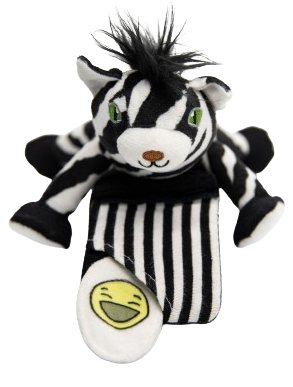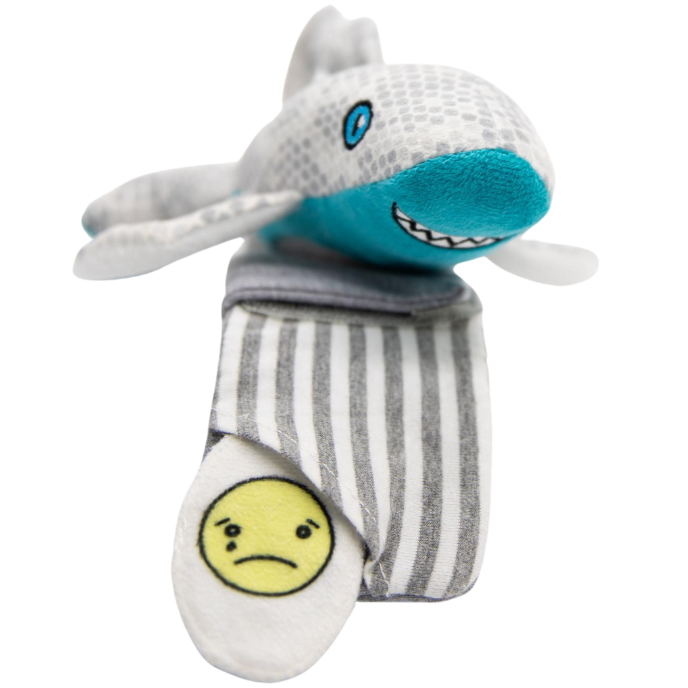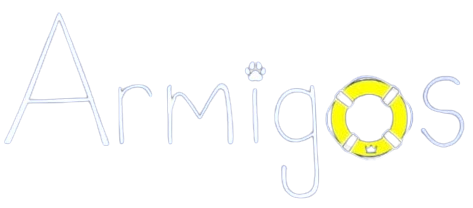Plush toys are special in our hearts, providing comfort and companionship. Whether childhood favourites or sentimental keepsakes, it’s important to care for them properly to ensure their longevity and hygiene. This guide will explore essential cleaning and maintenance tips to keep your plush toys looking fresh and huggable.
Understanding the Cleaning Needs of Plush Toys
Before diving into the cleaning process, it’s crucial to understand the different types of plush toys and their specific cleaning requirements.
Plush toys come in various materials and constructions, such as synthetic fibres, cotton, or natural fabrics like wool. Carefully read the care instructions provided by the manufacturer and look for any tags that indicate specific cleaning methods.
Regular Maintenance Practices
Regular maintenance is key to preserving the condition of your plush toys. Take the time to inspect them for any signs of wear and tear. Check for loose seams, detached accessories, or damaged stuffing. If you notice any issues, address them promptly to prevent further damage. Proper storage is also essential.
Keep your plush toys in a clean and dry environment, away from direct sunlight and excessive moisture. Avoid storing them in plastic bags, as this can lead to a buildup of moisture and potential mold growth. Consider rotating your plush toys regularly to distribute wear and prevent overexposure to sunlight.
Cleaning Methods for Machine-Washable Plush Toys
For machine-washable plush toys, follow these steps to ensure effective cleaning:
1. Preparing the toy for washing
Check for any detachable parts, such as clothing or accessories, and remove them if possible. Secure any loose threads or seams with a few stitches to prevent further damage during washing.
2. Selecting appropriate detergents and settings
Use a gentle detergent suitable for delicate fabrics. Avoid using bleach or harsh chemicals that could damage the toy’s colours or fabric. Choose a delicate or hand-wash cycle with cold water to minimize potential shrinkage or colour fading.
3. Air drying vs. tumble drying
Avoid using a dryer after washing, as high heat can cause the toy to lose shape or damage any glued parts. Instead, gently squeeze out excess water and allow the plush toy to air dry naturally. Place it on a clean towel or drying rack, ensuring proper air circulation.
Spot Cleaning for Delicate Plush Toys
Not all plush toys are suitable for machine washing. Delicate or vintage plush toys may require spot cleaning to avoid damage. Follow these steps for spot cleaning:
1. Identifying stains and spots
Carefully examine the toy for any visible stains or spots. Use a lint roller or soft brush to remove surface dirt and debris.
2. Gentle cleaning techniques
Mix a small amount of mild soap or gentle stain remover with cold water. Dampen a clean cloth or sponge in the solution and gently blot the stained area. Avoid rubbing vigorously, as this can damage the fabric or spread the stain further. Rinse the cloth or sponge with clean water and continue blotting until the stain is removed.
3. Patience and care
Take your time during the spot-cleaning process and be patient with stubborn stains. Allow the toy to air dry completely before returning it to its regular storage space.
Dealing with Odors and Freshening Plush Toys
Over time, plush toys can develop odors due to regular use or exposure to various environments. Here are a few methods to freshen up your plush toys:
1. Using baking soda or fabric fresheners
Sprinkle a small amount of baking soda over the toy and let it sit for a few hours. Baking soda helps absorb odors. Alternatively, following the instructions provided, you can use fabric fresheners specifically designed for plush toys.
2. Sunlight exposure and fresh air
If the weather permits, place your plush toy in a well-ventilated area outdoors, preferably in indirect sunlight. Sunlight and fresh air can naturally help eliminate odors and provide a fresh scent. Remember to protect the toy from direct sunlight to prevent color fading.
3. Removing persistent odors
In case of persistent odors that cannot be removed by regular methods, consider using specialized odor-removing sprays or consult a professional cleaner experienced in dealing with plush toys.
Repairing Minor Damages
Plush toys can experience minor damages over time, such as small tears, loose seams, or detached limbs. With a few simple techniques, you can address these issues at home:
1. Sewing and stitching techniques
Use a needle and thread that matches the toy’s colour. Carefully sew any tears or loose seams, making small, discreet stitches to ensure a secure repair. Reinforce any weak areas to prevent future damage.
2. Reattaching limbs or accessories
If a limb or accessory has become detached, check if it can be reattached using a needle, thread, or fabric glue. Follow the manufacturer’s instructions if available. Be gentle during the reattachment process to avoid causing any additional damage.
3. Using fabric glue for small fixes
Fabric glue can be useful for small fixes, such as reattaching small parts or securing loose fabric. Apply a small amount of fabric glue to the affected area and press it firmly for the recommended duration.
Addressing Mold and Mildew Issues
Mold and mildew can seriously threaten plush toys, especially if they have been exposed to excessive moisture. Follow these steps to address mold and mildew issues:
Prevention methods
Preventing mold and mildew starts with proper drying and storage. Ensure that your plush toys are completely dry before storing them. Avoid storing them in damp areas or sealed containers.
Cleaning moldy plush toys
If you notice mold or mildew on a plush toy, take immediate action to prevent further spread. First, remove any loose mold spores by gently brushing the toy outside. Then, prepare a solution of one part white vinegar and one part water. Dampen a clean cloth or sponge in the solution and gently blot the affected areas. Rinse the cloth or sponge with clean water and continue blotting until the mold is removed. Air dry the toy thoroughly in a well-ventilated area.
Seeking professional assistance if necessary
If the mold or mildew infestation is severe, or if the plush toy holds significant sentimental or monetary value, it’s advisable to consult a professional cleaner specializing in mold remediation. They can provide expert guidance and ensure proper treatment of the toy.
Pet-Related Considerations
If you have pets at home, taking additional care regarding plush toys is important. Here are a few considerations:
1. Cleaning plush toys that interact with pets
Pets may drool, shed, or leave dirt on plush toys they play with. Regularly clean these toys to maintain hygiene. Follow the manufacturer’s instructions for machine-washing or spot cleaning if required.
2. Ensuring safety and hygiene
Pets may carry bacteria or allergens on their fur or paws. Washing plush toys that have come into contact with pets will help maintain both pet and child hygiene.
3. Regular washing and disinfection
Establish a routine for washing and disinfecting pet-related plush toys. This will help prevent the buildup of bacteria or unpleasant odors. Consider using pet-friendly detergents or sanitizing products recommended by your veterinarian.
Conclusion
Proper care and maintenance are essential for keeping your plush toys clean, fresh, and safe for playtime. Regularly inspect and clean your plush toys, following the specific cleaning instructions provided by the manufacturer. By adopting these cleaning and maintenance practices, you can extend the lifespan of your cherished companions and ensure their continued enjoyment.
FAQs
Can all plush toys be machine-washed?
Not all plush toys are suitable for machine washing. Check the manufacturer’s instructions or the care label attached to the toy for specific cleaning recommendations. Some plush toys may be labeled machine-washable, while others require spot cleaning or alternative methods.
What should I do if a plush toy has battery-operated features?
Plush toys with battery-operated features require extra care during cleaning. Before washing, remove the batteries and any electronic components if possible. Follow the manufacturer’s instructions or consider spot cleaning the toy to avoid damaging the electronic components.
Are there specific detergents recommended for cleaning plush toys?
It’s best to use gentle detergents for delicate fabrics when cleaning plush toys. Avoid harsh chemicals or bleach, which can damage the toy’s colors or fabric. Look for detergents specifically formulated for sensitive or delicate materials.
Can I use bleach to remove stains from plush toys?
Bleach is not recommended for removing stains from plush toys, as it can cause discoloration or damage the fabric. Instead, use mild soap, stain removers specifically designed for delicate fabrics, or spot cleaning techniques. Always test any cleaning solution on a small, inconspicuous toy area first.
How often should I clean plush toys?
The frequency of cleaning plush toys depends on factors such as the toy’s use, exposure to dirt or allergens, and personal preference. It’s a good practice to clean them periodically, especially if they are frequently handled, played with by children, or if they come into contact with pets.
What should I do if my plush toy gets wet?
Remove any excess moisture if your plush toy gets wet by gently squeezing or patting it with a clean towel. Then, allow the toy to air dry completely in a well-ventilated area. Avoid using a dryer, as high heat can cause damage. Ensure the toy is completely dry before returning it to storage.
Are there any special considerations for antique or collectible plush toys?
Antique or collectible plush toys may require special care to preserve their value and condition. It’s best to consult a professional toy restorer or conservator for guidance on cleaning and maintaining these plush toys. They can provide expert advice based on the specific characteristics and materials of the toy.
Can I put plush toys in the dryer?
Putting plush toys in the dryer is generally not recommended, as high heat can cause them to lose their shape, melt any glued parts, or damage delicate fabrics. Instead, opt for air drying by placing the toy on a clean towel or drying rack in a well-ventilated area.
How do I remove pet hair from plush toys?
To remove pet hair from plush toys, you can use various methods. Try gently removing the hair from the toy’s surface using a lint roller, sticky tape, or a pet hair removal brush. Regular washing or spot cleaning can help remove pet hair and maintain cleanliness.
Are there any alternatives to traditional washing methods?
Alternative options are available if traditional washing methods are unsuitable for your plush toy. Consider using specialized fabric sprays, odor removers, or fabric fresheners specifically designed for plush toys. These products can help freshen up the toy and reduce odors without washing. Always follow the instructions provided by the product manufacturer.
